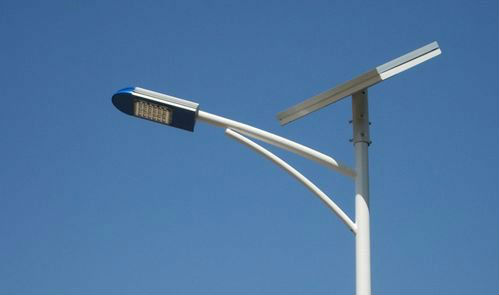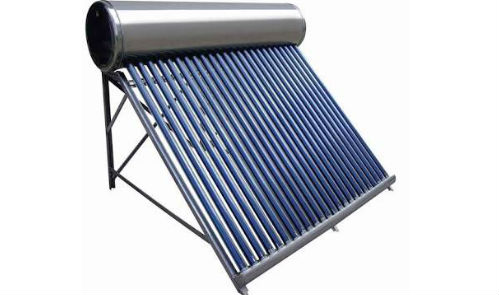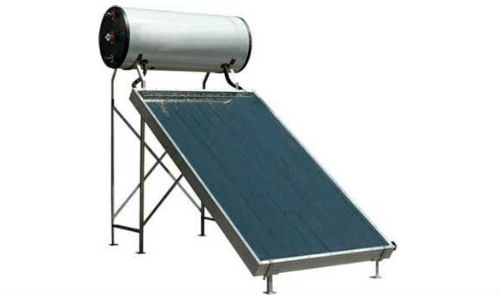On-Grid
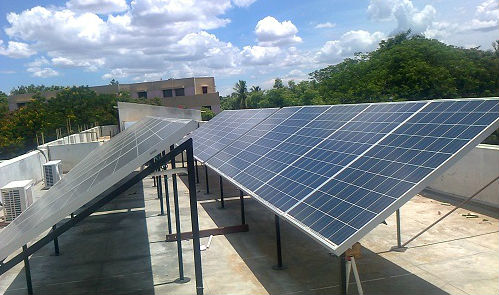
A grid-connected photovoltaic power system or grid-connected PV power system is an electricity generating solar PV power system that is connected to the utility grid. A grid-connected PV system consists of solar panels, one or several inverters, a power conditioning unit and grid connection equipment. They range from small residential and commercial rooftop systems to large utility-scale solar power stations. Unlike stand-alone power systems, a grid-connected system rarely includes an integrated battery solution, as they are still very expensive. When conditions are right, the grid-connected PV system supplies the excess power, beyond consumption by the connected load, to the utility grid.

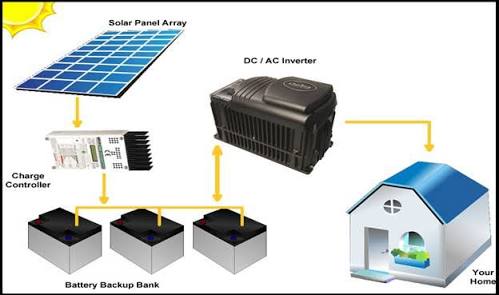 Off-grid solar power plant is most versatile energy product that gives complete energy independence to the consumer. With Green youth Solar standalone power plant, the customer can have access to power all the time and will not suffer from scheduled or unscheduled power cuts. The customer does not have to depend upon diesel generators during load shedding hours. Our customized power plant solution is capable of running everything just like regular electricity and in fact, the quality of power is far superior compared to grid power in most places.
Off-grid solar power plant is most versatile energy product that gives complete energy independence to the consumer. With Green youth Solar standalone power plant, the customer can have access to power all the time and will not suffer from scheduled or unscheduled power cuts. The customer does not have to depend upon diesel generators during load shedding hours. Our customized power plant solution is capable of running everything just like regular electricity and in fact, the quality of power is far superior compared to grid power in most places.